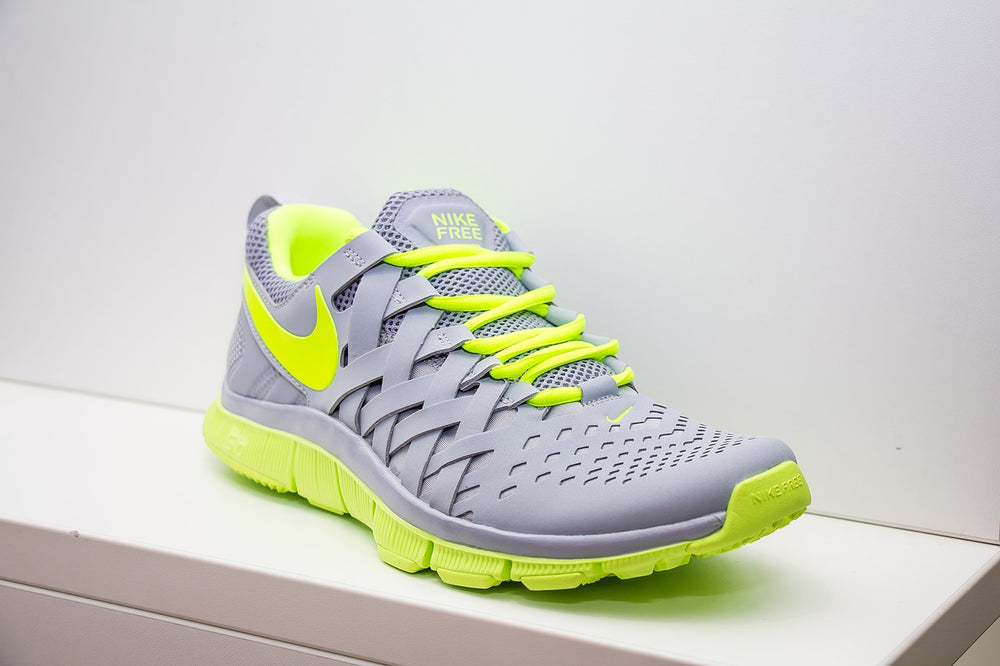The Most Common Mistakes When Buying Running Shoes

Buying the right running shoes is crucial for any runner, whether you are a beginner or a seasoned athlete. The wrong pair can lead to discomfort, injury, and a less enjoyable running experience. Many runners make common mistakes when selecting their shoes, leading to issues that could easily be avoided with the right knowledge.
Learning about these common mistakes and how to avoid them will help you make better choices when buying running shoes, ensuring a more comfortable and effective running experience.
Wrong Shoe Size and Fit
Choosing the wrong shoe size is one of the most common mistakes when buying running shoes. Wearing shoes that are too tight or too loose can lead to various problems, including blisters, black toenails, and general discomfort. Properly fitting shoes should provide ample space in the toe box, where your toes can move freely without being cramped.
Here are some tips to ensure you're picking the right size:
1. Measure Your Feet: Feet can change in size over time. Measure your feet regularly, especially before buying new shoes. Do this in the evening when your feet are at their largest.
2. Check Width and Length: Ensure there is about a thumb's width of space between your longest toe and the end of the shoe. Also, check the width to ensure your foot doesn’t feel squeezed on the sides.
3. Walk and Run: Try walking and running in the shoes before purchasing. This helps to ensure they stay comfortable during activity.
4. Consider Orthotics: If you use orthotic insoles, bring them when trying on shoes to ensure a proper fit.
Ignoring Foot Type
Ignoring your foot type is another common mistake that can lead to discomfort and injury. Your foot type significantly influences the level of support and stability you need in a running shoe. There are three main types of arches: high, neutral, and low (flat feet).
Identify your foot type and choose a shoe that meets those specific needs:
1. High Arches: High arches can cause your feet to underpronate (roll outward). Look for shoes with good cushioning to absorb shock and a curved shape for support.
2. Neutral Arches: If you have neutral arches, you need a shoe that provides a balanced combination of support and cushioning. Neutral arch runners can often wear a wide variety of shoes without many issues.
3. Low Arches (Flat Feet): Flat feet tend to overpronate (roll inward), which requires shoes with motion control or stability features. These features help to distribute weight evenly and provide extra support.
Ignoring this critical aspect can result in choosing the wrong shoes and facing problems like injuries and discomfort. Therefore, always consider your foot type when selecting running shoes.
Overlooking the Shoe’s Purpose
Running shoes are not one-size-fits-all. Different activities and terrains require shoes with particular features. Choosing shoes without considering their intended use can result in discomfort and injury. Understanding the specific purpose of your running shoes is key to finding the right pair.
1. Road Running: These shoes are designed for pavement and occasional light trails. They offer cushioning and flexibility to handle hard surfaces.
2. Trail Running: Trail shoes have extra traction and stability to manage uneven and slippery surfaces. They are more durable to withstand rough terrain.
3. Track Running: Track shoes are lightweight and designed for speed. They often have spikes or special grip for track surfaces.
4. Cross Training: If you mix running with other workouts like gym sessions, cross trainers might be more suitable. They offer stability and support for various activities.
Ignoring the shoe's purpose can lead to improper support and increased risk of injuries. Always consider what activity you will be doing most and choose your shoes accordingly. This ensures you get the right balance of comfort, support, and durability.
Not Replacing Shoes on Time
Running shoes don’t last forever. Wearing worn-out shoes can lead to discomfort and injuries. Over time, the cushioning and support diminish, making it crucial to replace your shoes regularly.
Signs you need new running shoes:
1. Visible Wear and Tear: If you see the sole wearing thin, it’s time for a new pair.
2. Decreased Comfort: If your shoes feel less comfortable, the cushioning might be breaking down.
3. Mileage: Most running shoes last between 300-500 miles. Keep track of your mileage to know when you might need a replacement.
4. New Aches and Pains: If you experience new pains, it could be due to reduced support and cushioning.
Regularly replacing your shoes helps maintain optimal support and cushioning, reducing the risk of injury and ensuring a comfortable run.
Conclusion
Avoiding common mistakes when buying running shoes can greatly enhance your running experience. Choosing the right size and fit, considering your foot type, understanding the shoe's purpose, and replacing shoes on time are all essential steps. Each factor plays a crucial role in ensuring comfort, support, and preventing injuries.
Remember, investing in the right pair of running shoes is an investment in your health and performance. Properly fitting shoes tailored to your foot type and activity can make running more enjoyable and less prone to injury.
Find the perfect running shoes tailored to your needs by visiting Sole Mate in Merthyr Tydfil, South Wales. Explore our wide range of women and men's trail running shoes designed for different foot types and activities. Take the first step towards a better running experience with Sole Mate today!

